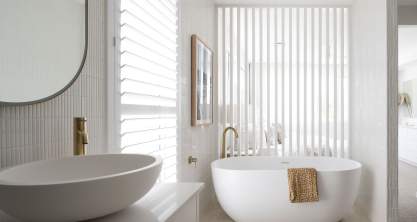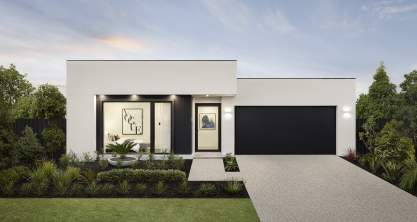Ultimate guide to designing an energy-efficient home in NSW and ACT
Imagine living in a home where every corner is bathed in natural light, the temperature is always just right, and your energy bills are a fraction of what you're used to. This isn't a vision of the future; it's the reality of an efficiently designed home by McDonald Jones Homes in NSW and ACT.
As the world becomes more conscious of environmental sustainability, how we design our homes is evolving. An energy-efficient home saves you money on electricity and heating bills, and reduces your carbon footprint.
Designing a green and efficient home requires a holistic approach considering various factors, from the home's orientation to the materials used in its construction. Learn more with McDonald Jones Homes as we unravel the complexities of creating an efficient and sustainable home.
Harnessing the power of the sun in home design

Positioning your home to take advantage of the path of the sun is crucial. This orientation ensures these rooms receive consistent, indirect sunlight throughout the day, providing natural warmth during winter. While sunlight is welcome during winter, it can be a nemesis in the hot summer.
Implementing shading techniques, such as overhangs, pergolas and external blinds, can prevent excessive sunlight from entering the home. This keeps the interiors cool and protects furnishings from UV damage.
The importance of insulation
Insulation acts as a barrier, preventing heat transfer and ensuring that the home remains comfortable, regardless of external conditions.
Choose quality materials
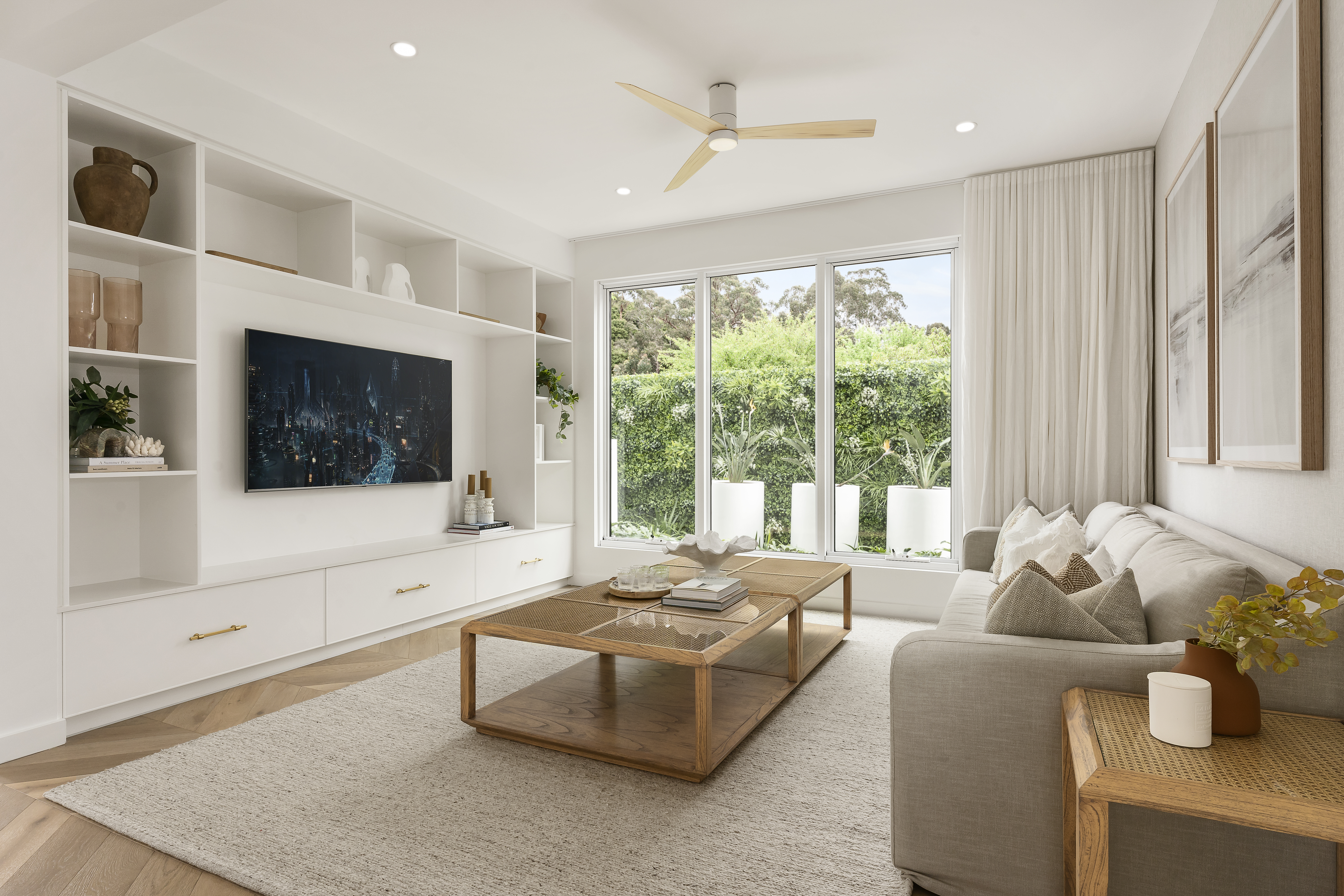
Investing in high-quality insulation materials for walls, ceilings and floors can make a significant difference in temperature regulation. Materials like spray foam, fibreglass and cellulose are top choices.
Seal the gaps
Even the smallest gaps can compromise the effectiveness of insulation. Ensure areas around windows, doors and vents are sealed properly to prevent drafts and heat loss.
Cool roofs
Cool roofs are made of highly reflective materials, which is why they are recommended for efficient homes. These materials reflect sunlight, which means they absorb less heat, which is especially important for Australian summers, as cool roofs aid in keeping homes cooler during warm days.
Embracing energy-efficient appliances and features
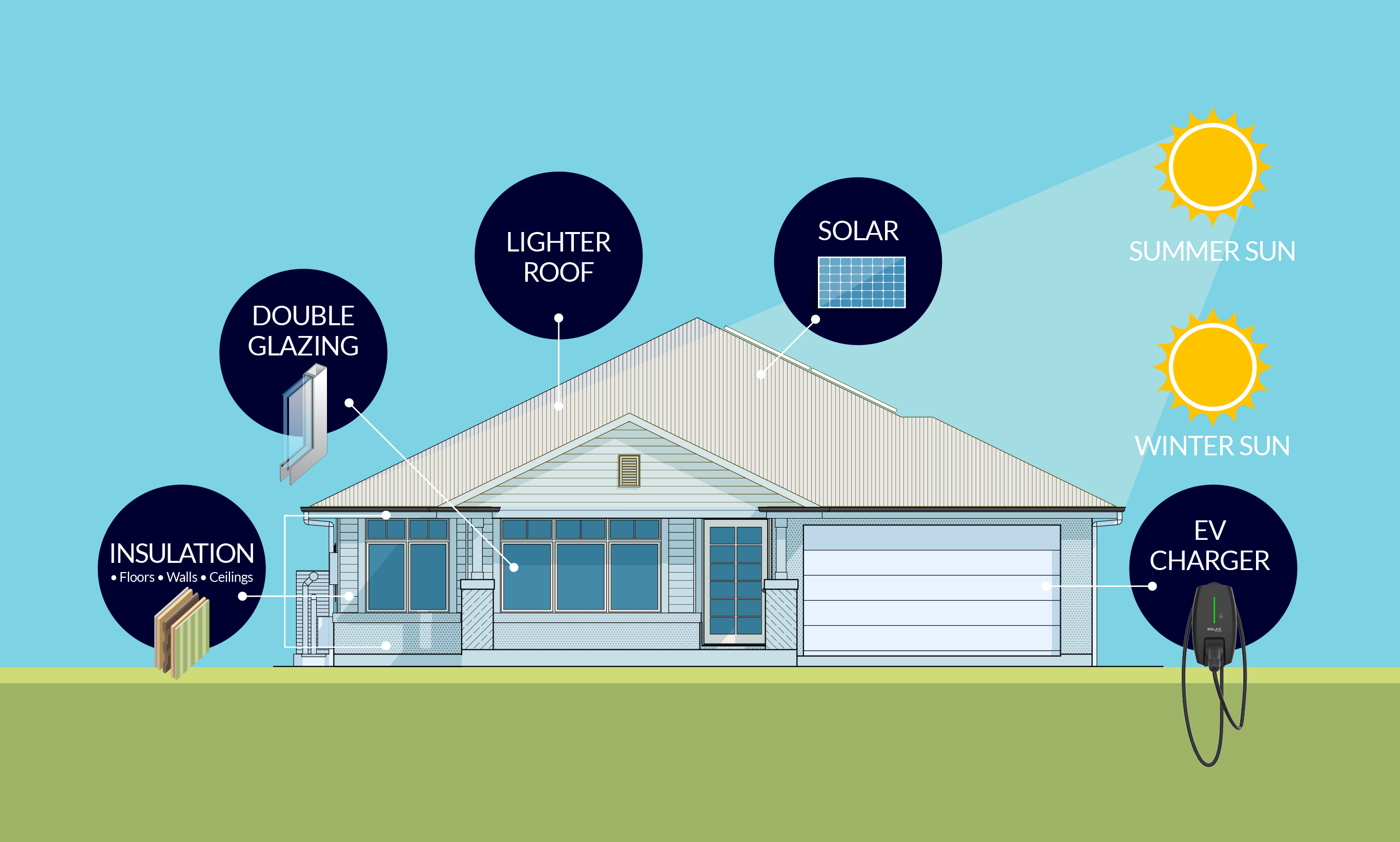
Windows and doors
Look for windows and doors that come with Energy Star ratings. These features are designed to minimise heat loss and prevent drafts, ensuring a comfortable and sustainable home.
Use solar energy and live more sustainably
When installing any solar panels, ensure that you take the position of your home into account. The sun will fall in some areas more than others and the solar panels you install should take advantage of that. Adding solar panels is efficient for your wallet and the environment. Click here to learn about Solar Pay.
Steel frames
Steel frames are a fantastic addition to your eco-friendly home. The fact that they are termite-proof means using harmful chemical treatments will be substantially lessened, improving your environmental footprint and making your home more energy efficient. Find out why McDonald Jones Homes uses steel frames.
Use renewable water and live more sustainably
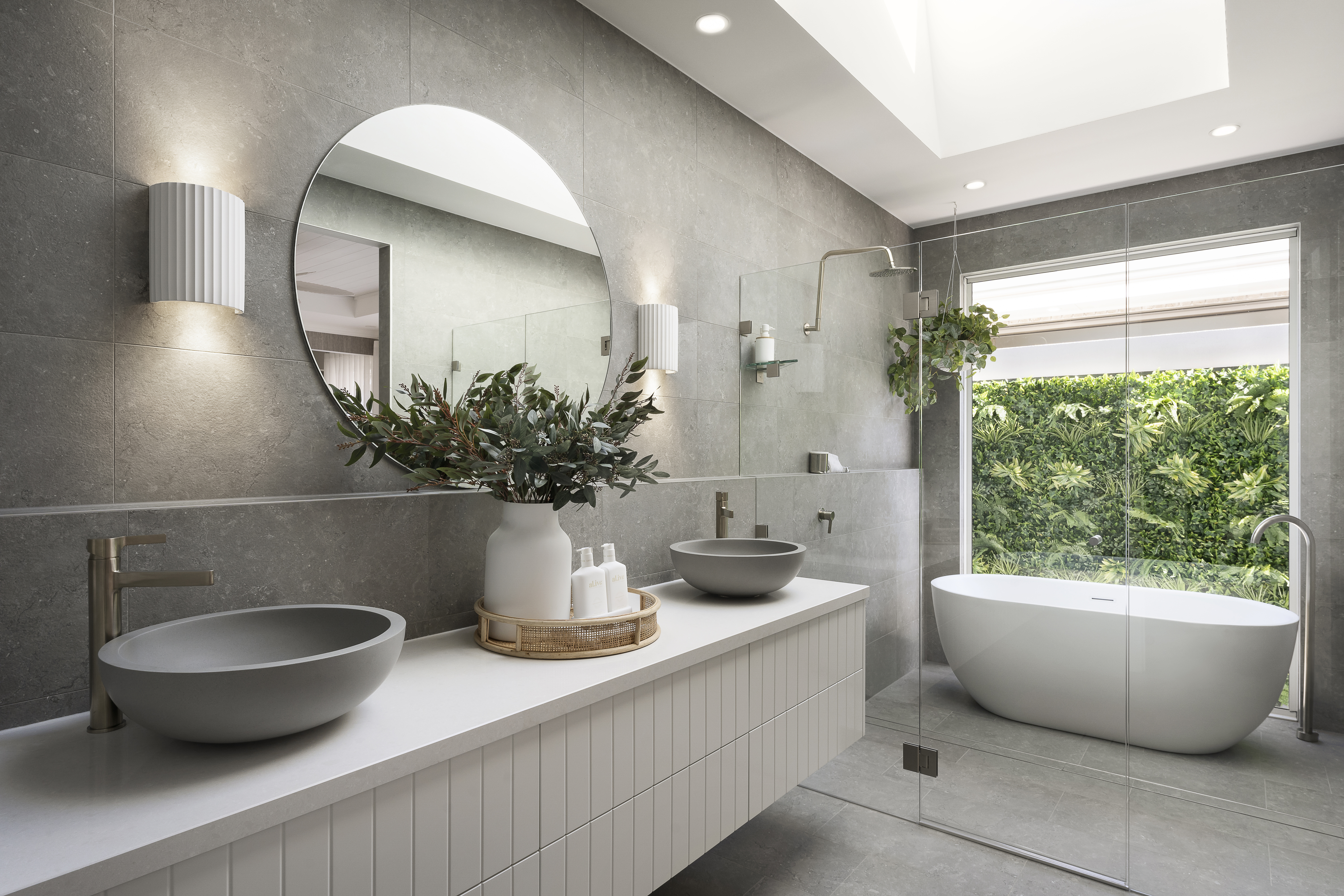
Whenever you can, go renewable. In the case of water, this involves installing a water tank that will take advantage of the many rainy days of winter.
Automated blinds and shutters
By installing solar-powered blinds that sense the outside environment and adjust themselves accordingly, you can save energy by reducing the amount of heat entering your eco-friendly home on hot days and increasing heat on cold days.
Green home design elements to reduce your carbon footprint
The design of a green home can significantly influence its energy efficiency. Here are some additional factors to consider:
Eave size
Eaves play a crucial role in protecting interiors from direct sunlight. Larger eaves can shield windows from the high summer sun while allowing the lower winter sun to enter.
Ceiling height
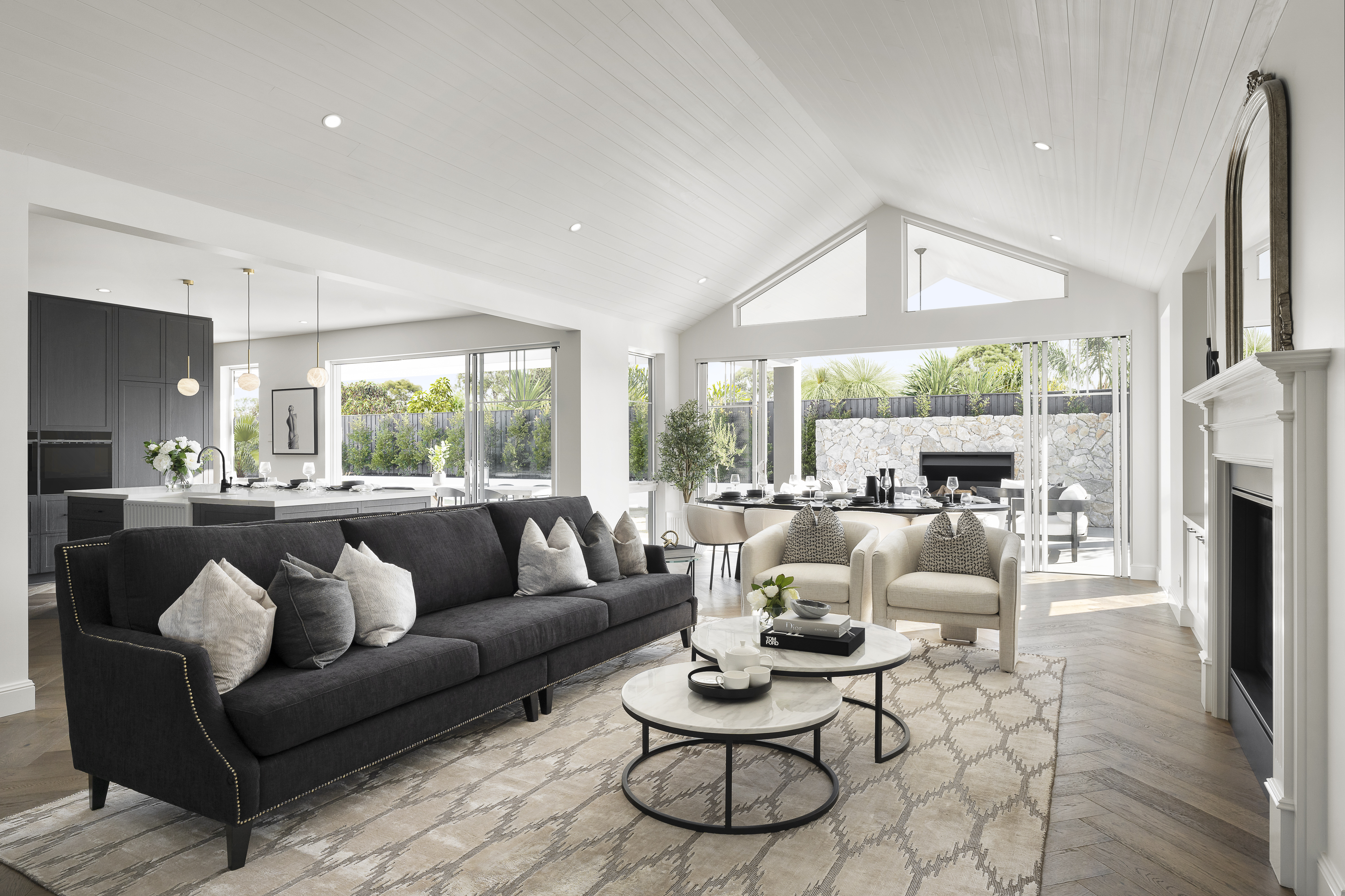
While tall ceilings can give a sense of spaciousness, they also mean a larger volume of air to heat or cool. Consider the implications of ceiling height on temperature regulation.
Double glazed windows
These windows consist of two panes of glass with a gap in between, offering enhanced insulation. They reduce heat transfer and provide sound insulation, making them a worthy investment for any home.
Contact us for more information

Designing an efficient home can be complex. There are so many different ideas and concepts to consider, which is where we can step in.
we are adding incredible 7 Star value into your new home to keep you saving long into the future, including double glazing, solar and more energy-efficient inclusions than ever before, all at no extra cost!*
The future looks bright, and at McDonald Jones, we are committed to building you a better home for tomorrow. If you would like to learn more about efficient homes and would like to get started with designing your energy-efficient home, feel free to contact us online or dial 1300 555 382.




